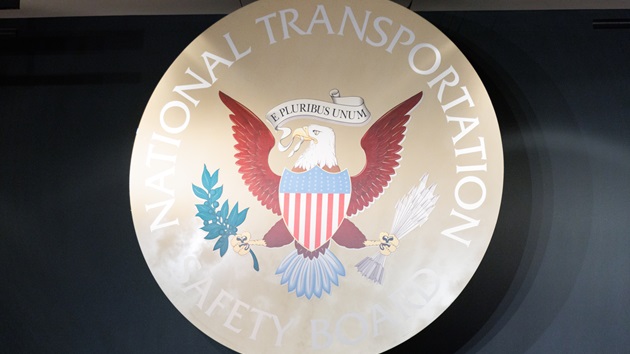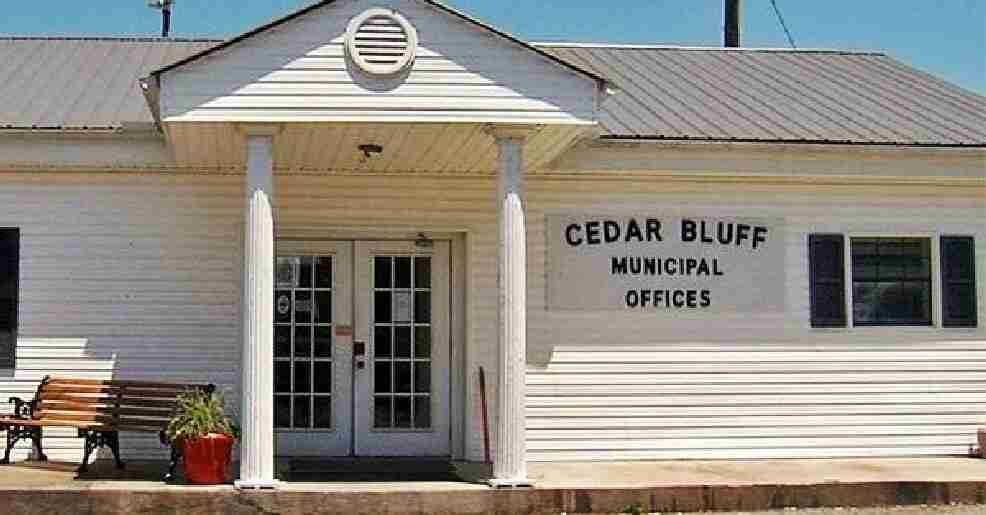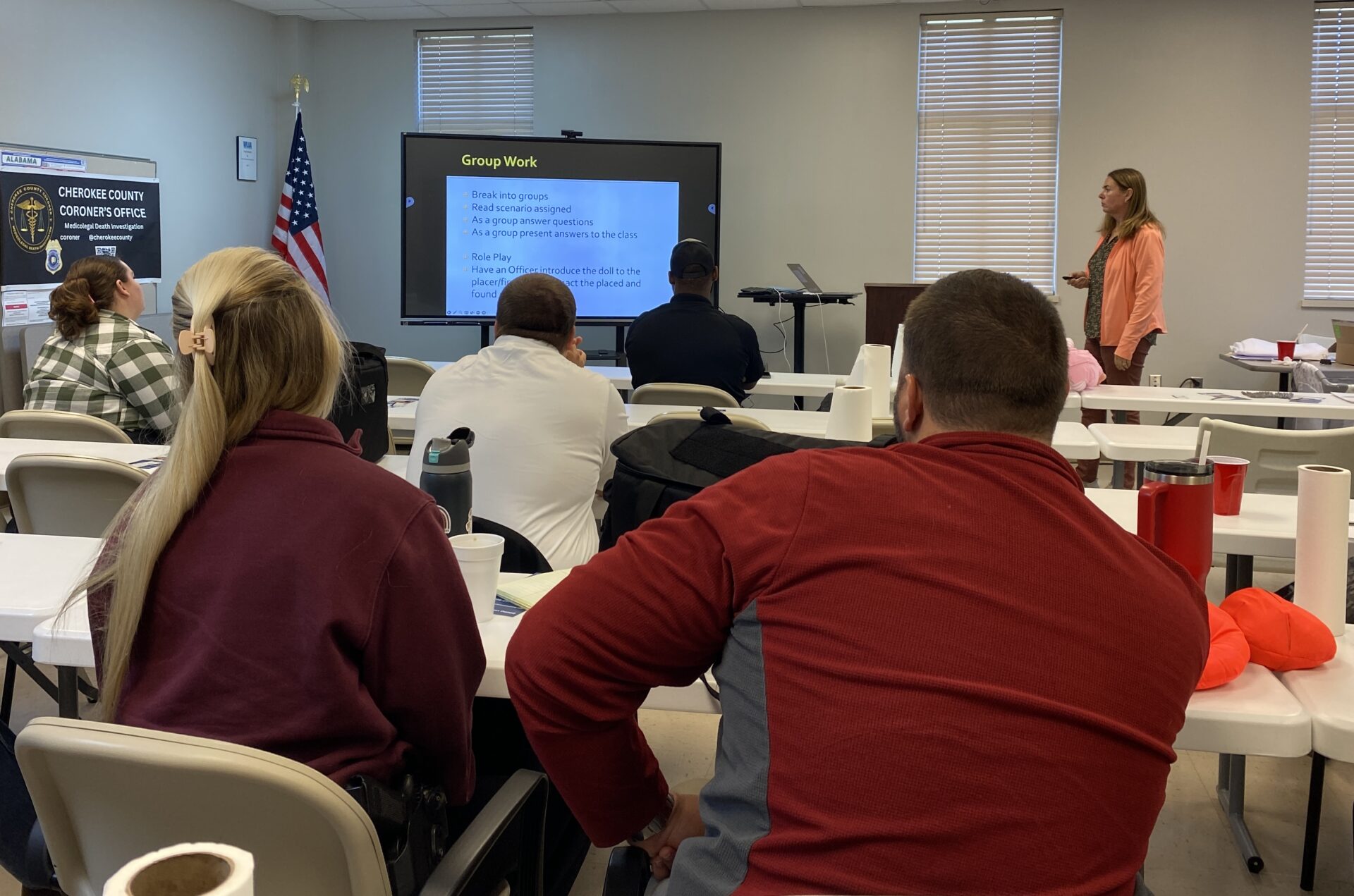
(WASHINGTON) — The National Transportation Safety Board began its three days of investigative hearings on Wednesday into January’s midair collision between American Airlines Flight 5342 and a Black Hawk helicopter near Washington’s Reagan National Airport.
On Wednesday morning, the NTSB released thousands of pages of evidence from the crash and the subsequent investigation — including new video from the end of the runway showing the crash that killed 67 people.
Families of the victims of the crash sat in the audience of the hearing, some of whom wore pictures of their loved ones around their necks or on buttons. They broke down in tears as officials played the video with newly released surveillance footage of the incident.
The crash involved a regional jet that was flying from Wichita, Kansas, into Washington and collided with an Army helicopter on a training flight, killing all 64 passengers and crew on the jet and the three crew members in the helicopter.
During the three-day hearings, the NTSB is expected to question the Army, Federal Aviation Administration officials and others, and present its finding on the crash investigation. The NTSB will focus on a variety of topics in the hearings. The first day will focus on the helicopter’s altimeters and data systems as well as the design and use of the airspace around the airport.
“We’re going to focus on [air traffic control], so air traffic control and training, guidance, procedures, what was going on in the air that night, and again, that is within FAA’s purview,” NTSB Chair Jennifer Homendy told reporters on Tuesday.
The NTSB will also discuss collision avoidance systems on aircraft as well as any safety data that was available and unavailable and how safety management systems can be implemented and improved.
Witnesses who are testifying at the hearings include personnel from the Army, American Airlines and the FAA.
On the eve of the investigative hearings, Republican Sen. Ted Cruz introduced legislation called “The Rotor Act,” which would require all aircraft, including military, to transmit ADSB location when flying — a system that allows aircraft to transmit its location to other aircraft as well as to air traffic controllers. All aircraft flying above 18,000 feet are required to have ADSB, but certain aircraft, including military aircraft, are exempt from transmitting ADSB location for security reasons.
Transportation Secretary Sean Duffy said the NTSB recommended to the FAA to require ADSB on all aircraft nearly two decades ago.
“ADSB, and I can’t stress this enough, is a game-changer, a game-changer when it comes to safety and will provide, as we said in 2008 immediate and substantial contribution to safety. This will save lives. This legislation will save lives,” Homendy said.
In its preliminary report, the NTSB said there is no indication the Black Hawk crew could tell it was on a collision course with Flight 5342, which was landing at the same time the helicopter was passing the end of the runway.
The helicopter crew might have had bad information from their altimeter, which measures height, as the pilots had differing altitudes in the seconds before the crash, the NTSB said in its preliminary report in February.
“We are looking at the possibility of there may be bad data,” Homendy said at the time.
The crew of the helicopter might not have heard a transmission from the tower that instructed them to go behind the airliner because the pilot may have keyed her radio at the same second and stepped on the transmission from ATC, the NTSB preliminary report findings showed.
One helicopter pilot thought they were at 400 feet and the other thought they were at 300 feet. The NTSB said it was not prepared to say exactly how high the helicopter was at impact.
Copyright © 2025, ABC Audio. All rights reserved.




